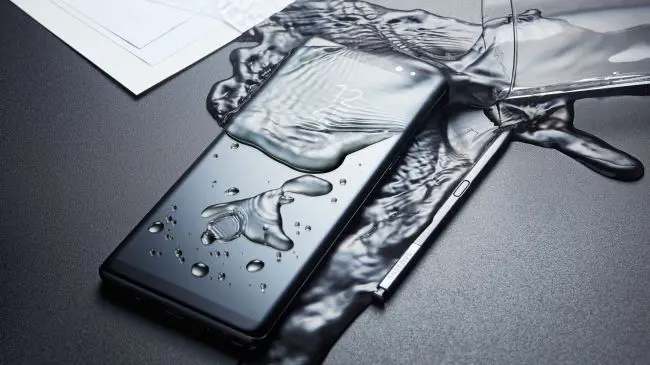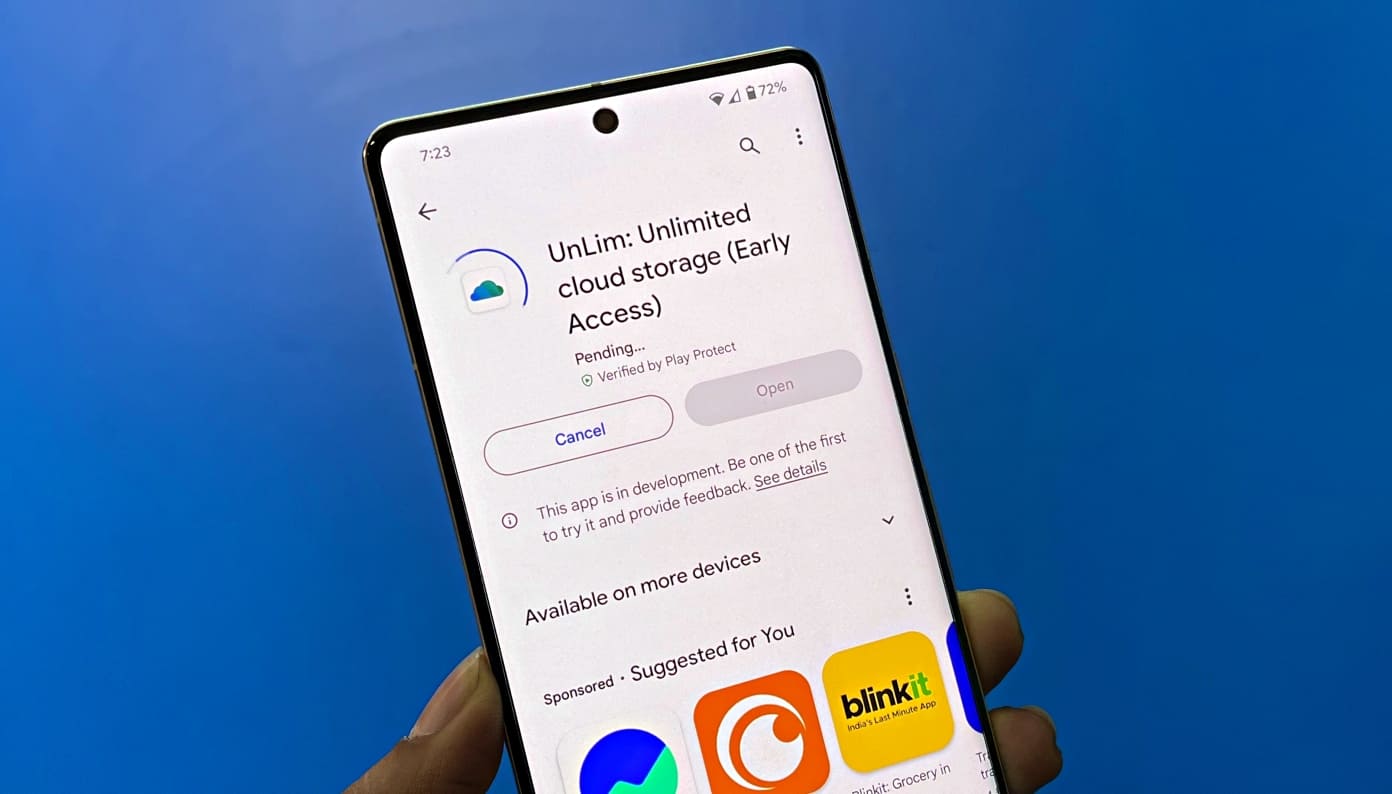It has become a common practice for smartphone manufacturers to claim their products are waterproof. We have seen phones with IP67 or IP68 rated to offer waterproofing and dust proofing. But what do these ratings touted by the likes of Apple, Sony, Motorola, Samsung actually mean? Are these IP rated smartphones actually waterproof?
If we recall, Sony was an early adopter of water-resistance and has been making its top phones waterproof. Next were the Motorola and Samsung that included it as a headline feature on its flagship phones. Apple too has entered the arena with the iPhone 7. These days more and more smartphone makers have opted for the waterproof technology for their products.
Now, in order to better understand the waterproof and dustproof techniques when it comes to shielding smartphones and other devices, it’s important to know how manufacturers measure the level of protection.
What does IP mean?
The term ‘IP’ refers to “ingress protection”, which means how easily dust and water can intrude on the internals of your device. The IP part of the term doesn’t change, and only the numbers you’ll actually need to look at to find how resistant your device is designed to be waterproof or dustproof.
In those two digits after IP, the first digit refers to dust protection, in which 6 is the highest rating and most smartphones feature this nowadays. The second digit refers to water protection, in which 9 is the highest rating, however, most phones have achieved 7 or 8 as of now.
So, if the IP rating starts with a 6 then the device is totally sealed, and solid particles will not be able to enter it. However, if the rating starts with 5 then small particles of dust may be able to find their way in, but won’t affect the operation of the smartphone. Sometimes you’ll also see a rating like IPX8, which is where the company doesn’t reveal the number of its products dust protection so instead replaces it with an ‘X’.
The second number needs to start with either an 8 or a 9 to be able to fully withstand submersion in water continuously, though manufacturers tend to provide more cautious guidelines than the official rating would suggest. If the number starts with a 7, then the phone will be resistant to rain and mild splashes, but won’t survive full submersion in water.
Phones are not actually waterproof
Although some companies claim for their phones to be “waterproof”, but they are almost always water resistant only. Which means they can only withstand water for a short time, and to a certain level of depth and they should not be submerged beyond the stated maximum limit.
A phone with IP68 rating will refer to devices that can handle submersion in water beyond 1 meter. However, even these devices are not completely waterproof. So, basically no phone is actually 100% waterproof, they all are water resistant. It is possible that you’ll get a bit of water into your device if you submerge it at a deep level or leave it there for a long time and it will damage your device despite being waterproof.
Waterproofing is not a part of warranty
Even though the companies claim their phones are water-resistant, none of their warranties protect against water damage. The companies like Apple, Motorola, Sony and Samsung all clearly say that water damage isn’t covered under warranty of the device.
Moreover, each company places tiny stickers inside their phones that change color when exposed to water. So, the companies can easily tell how the damage occurred. So, if you have damaged your phone in the water you lose warranty for your device, irrespective of the fact it is waterproof or not.
Overall, it’s safe to say that in the near future basically not just premium phones but every new smartphone will come bearing some sort of the water-resistant technology. But that will be just the start of it. The water-resistant techniques used by manufacturers will save only from splashes and some minor dust particles. So, techniques that can save our phones from drowning and will make them actually waterproof and not just water resistant will make smartphones even smarter.




